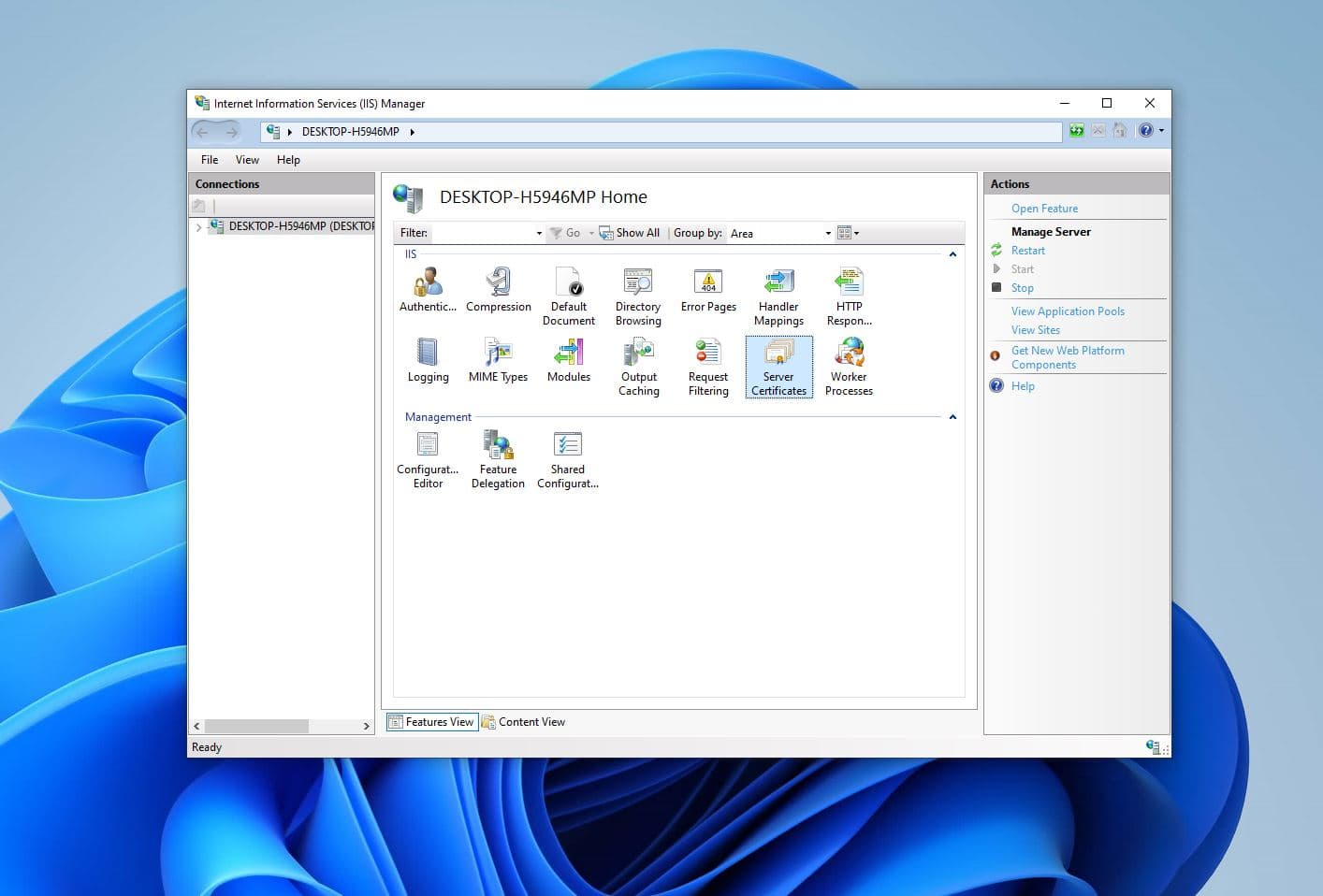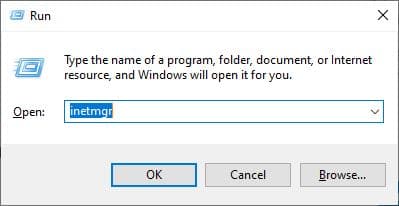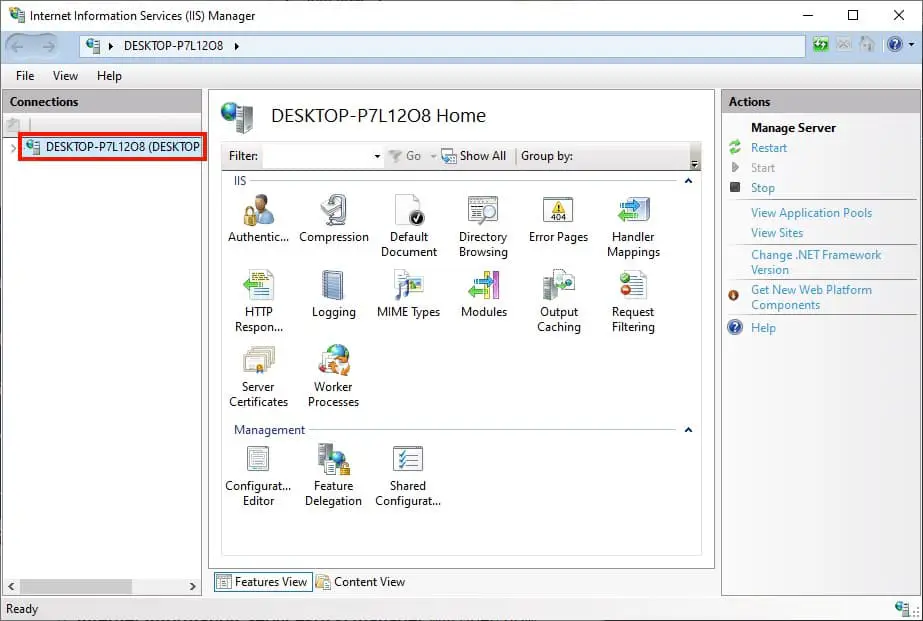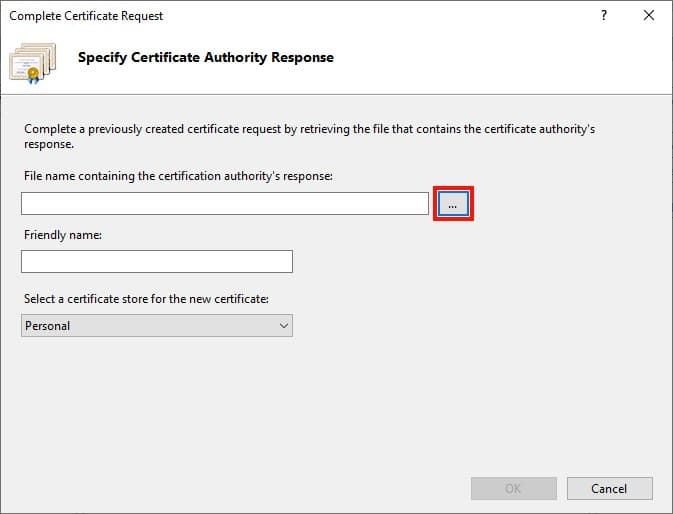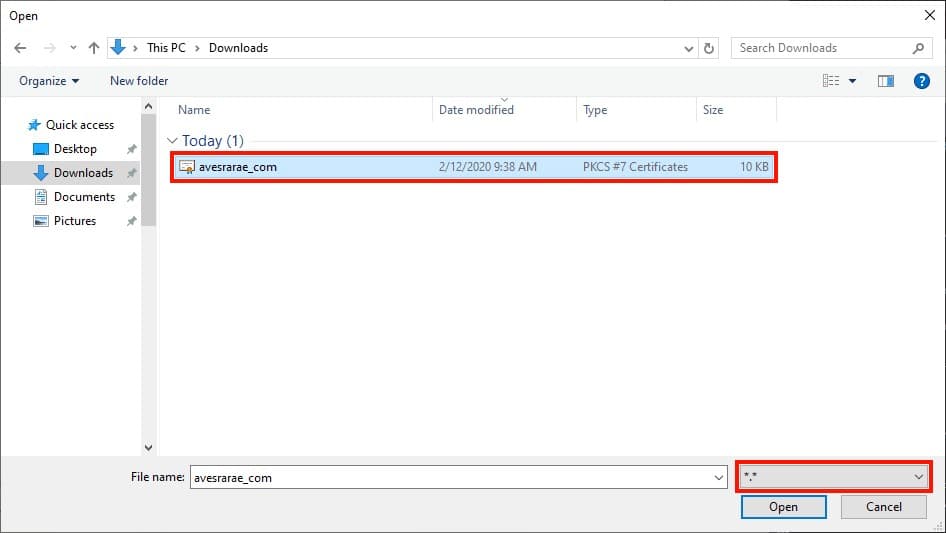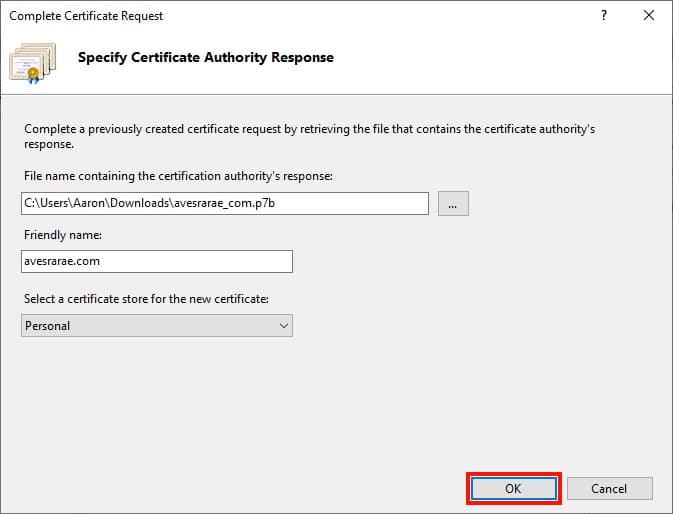It is imperative to keep your website protected from potential threats like cyberattacks. Do you understand the consequences when your website gets compromised? It can result in financial liabilities like lost business and data breaches. This can put the personal information of your customers out in the open. Cyber-attacks like ransomware and man-in-the-middle attacks can lead to data breaches. This can create an environment of mistrust amongst your customers.
Certain features in Windows, like Smart Screen, can protect the users’ devices. This includes malicious websites, apps, and software. A prime example is Windows Smart Screen, which lists pre-defined certificates. If your apps and websites do not have matching certificates installed, it can warn the users. Hence, you must maintain the importance of SSL certificates for apps and websites.
SSL is essential for data security. It ensures that data transferred between the server and the user is encrypted, protecting it from eavesdropping and tampering.
It is advisable to buy SSL certificates from a reliable certificate authority or any trusted reseller authority. It guarantees that Windows Smart Screen does not flag your software. This blog will focus on the steps on how to install SSL certificate on Windows IIS 10. Keep reading.
Step-by-Step Guide to Install SSL Certificate on Windows IIS 10
Before installation, generate a certificate signing request (CSR) and submit it to the certificate authority. This will help in validating and signing the SSL certificate.
- Search for the certificate in your SSL account. Once you do that, the next thing is clicking on one of the download links.
- Once you find the certificate order, hit the download link. You can locate it on the right-hand side of Microsoft IIS.
Note: Ensure the IIS feature is enabled on your device, or you can press the Windows key + R, type appwiz.cpl and click ok to open programs and Features, then click on Turn Windows features on or off option to enable the feature.
Step 01: Start IIS Manager
You can do this by starting the Run command. Next, type inetmgr. Then, hit the OK button to Open the Windows Internet Information Services (IIS) Manager
Step 02: Opt for Server
Click on the server. You can find it in the Connections pane.
Step 03: Activate Server Certificates
Hit on the Server Certificates icon. You will be able to locate it beneath IIS, situated in the center pane of the window.
Step 04: Hit Complete Certificate Request…
Click on the Complete Certificate Request…in the Action pane on the right-hand side of the window.
Step 05: Hit the …. Button
In the next window, you will see the Complete Certificate Request wizard. The next thing you do is to hit the button labeled – …, which will start the file open dialog box.
Step 06: Go to the Certificate File
Go to the file you downloaded from and alter the drop-down menu. You can locate the drop-down menu on the right-hand side of the File Name Field.
Step 07: Start the File
Hit the Open button.
Step 08: Give a Friendly Name You can Remember
The next thing you need to do is provide a name that you can remember. You can find this under the Friendly Name Field. This is where you will provide a common name for the certificate.
Step 09: Hit the OK button
You will find the option of the OK button. Click on it.
Step 10: Completion of the Process
This will install your SSL certificate in Windows IIS 10. Next, you need to bind the certificate to a specific website, IP address, and port.
You must try the following things from the Command Prompt in two situations:
- You get an error message while entering the private key
- You get a certificate request missing prompt.
Final Words
We are living in an era where cybersecurity threats have become the norm. This is where you need advanced measures. This advanced measure can be in the form of having an SSL certificate.
Replicate the steps mentioned in this blog. It will help your website become safe from vulnerable cyberattacks.
The steps mentioned in this blog will assist you in protecting against cybercriminals. Once you install the SSL certificate in Windows IIS 10, you will get protection about cyber threats.
Do let us know your experience after installing the SSL certificate. We will be waiting to hear from you through your comments.
Frequently Asked Questions (FAQs)
What is an SSL Certificate?
- An SSL (Secure Sockets Layer) Certificate is a digital certificate that encrypts the connection between a web server and a user’s browser, ensuring secure transmission of data.
Why do I need an SSL Certificate for my website?
- An SSL Certificate is crucial for securing sensitive information, such as login credentials, personal details, and payment information, on your website. It also boosts trust and credibility among visitors.
How do I obtain an SSL Certificate?
- You can obtain an SSL Certificate from a trusted Certificate Authority (CA) or through your web hosting provider. Some CAs offer free certificates, while others require payment.
What types of SSL Certificates are available?
- There are various types of SSL Certificates, including Domain Validated (DV), Organization Validated (OV), and Extended Validation (EV), each offering different levels of validation and security features.
Can I install an SSL Certificate on Windows IIS 10 myself?
- Yes, you can install an SSL Certificate on Windows IIS 10 by following above steps (explained in this article), which typically involve generating a Certificate Signing Request (CSR) and then installing the certificate.
What is a Certificate Signing Request (CSR)?
- A CSR is a file generated by the server where the SSL Certificate will be installed. It contains information about your organization and is used to request the SSL Certificate from a Certificate Authority.
How can I verify if my SSL Certificate is installed correctly?
- You can use online tools or browsers to check if your SSL Certificate is installed correctly. Additionally, most Certificate Authorities provide tools for certificate validation.
Also read:
